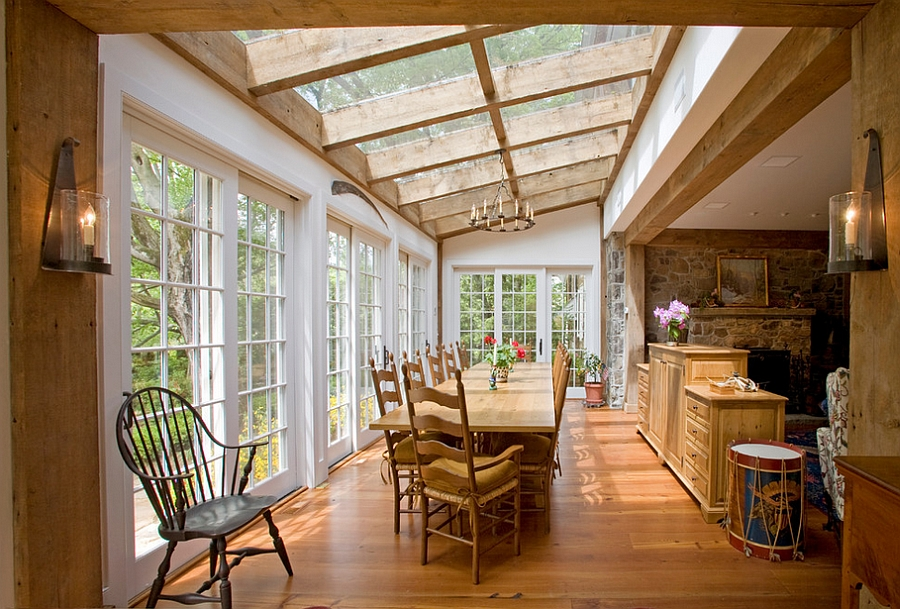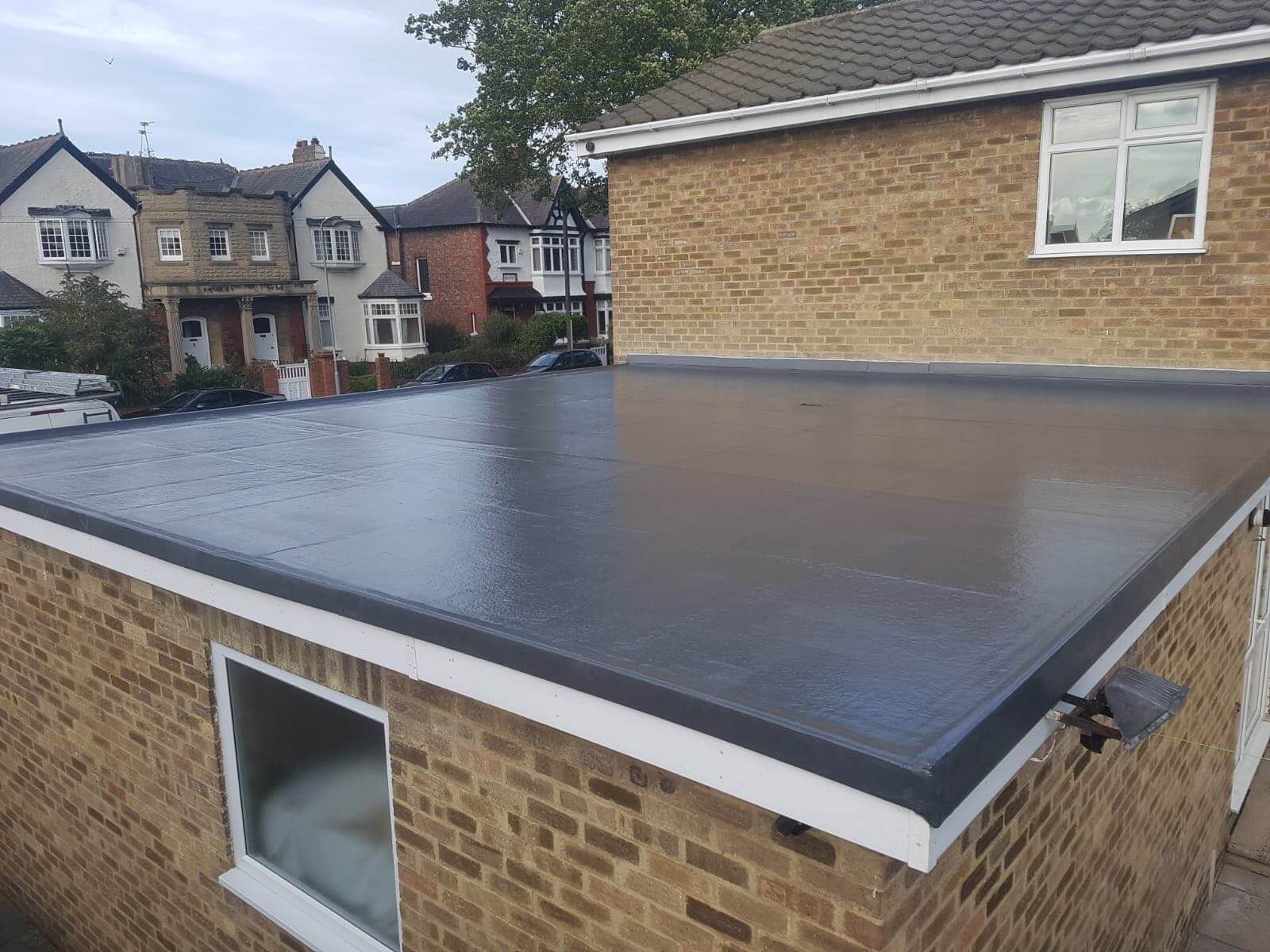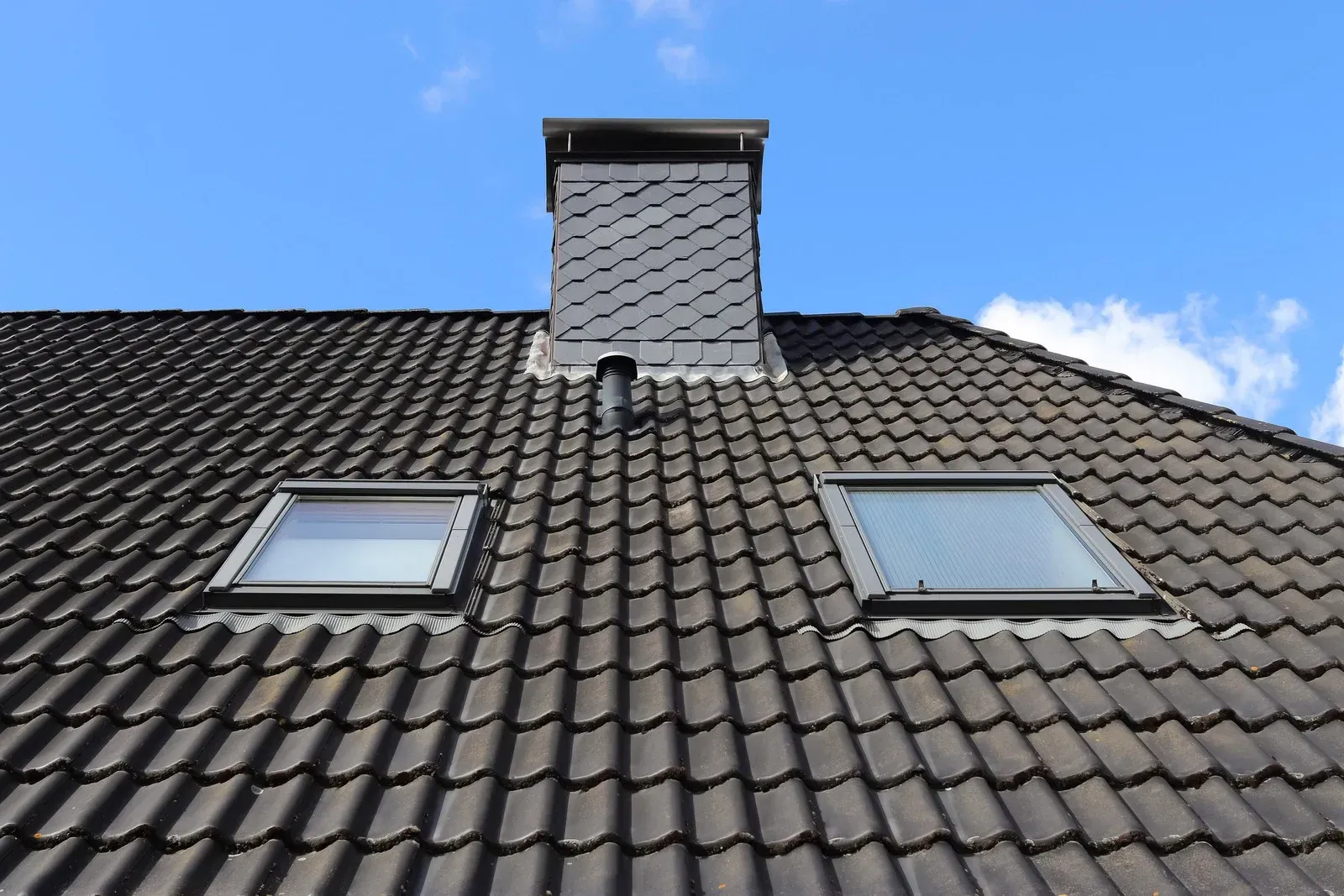Choosing the Right Materials for Roof Longevity and Style
When it comes to roofing, both longevity and style are paramount. A roof is a significant investment, and your chosen materials can make all the difference. Here’s how to select the right materials to ensure your roof is durable and aesthetically pleasing.
What Makes a Roof Last?
Several down-to-earth factors influence a roof's life:
- The Local Weather: Your roof's endurance is dictated mainly by the local climate. Whether it’s the beating sun, relentless rain, or the occasional hailstorm, your choice in material should stand up to the test of nature.
- The Slope Story: The steeper the roof, the faster water runs off. This means less soaking and potentially a longer life for materials designed for quick drainage.
- The Unsung Hero - Underlayment: This is your roof's silent guardian. It's a layer beneath the shingles, tiles, or metal, working overtime to keep the elements at bay.
Choosing Materials Built to Last
Think of your roof as a shield for your castle. What it's made of can make all the difference.
- Asphalt Shingles: These are the commoners of roofing materials—reliable, cost-effective, and friendly to almost any home. They come in various colors and can snugly fit your home for about 20-30 years.
- Metal Roofing: If your home were a knight, metal roofing would be its shining armor. It's tough, lasts 40-70 years, and can be as sleek or as rugged as you like.
- Slate and Tile: Imagine the grandeur of a century-old library; that’s the timeless appeal of slate and tile. Heavy and noble, they can last 50-100 years, but they need a strong foundation, much like any lasting legacy.
- Wood Shingles and Shakes: For those who seek the warmth of a rustic cabin, wood shingles and shakes are your go-to. They age gracefully to a lovely gray, promising around 25-30 years of charm if treated well.
Styling the Top of Your Home
Your roof is the crown of your home and it should look the part.
- Harmonizing Colors: The right color roofing material harmonizes with your home's exterior. It's the final note that makes the neighborhood stop and admire.
- Architecture's Best Friend: The style of your home should dictate the material. You wouldn’t wear sneakers to a ball, so why top a Mediterranean villa with asphalt shingles?
- Textures and Layers: A roof can have character, too. Textured materials can give it a personality, making it stand out or blend in, as you wish.
Roofing with a Conscience
Sustainability is the word on every lip, and your roof can play its part.
- Reclaimed and Recycled: Who says a roof can’t have a storied past? Materials made from recycled components are not just good for the earth; they’re good for the soul.
- Cool and Collected: Cool roofs are like having your own personal cloud overhead, reflecting the sun and keeping your home comfortable and energy-efficient.
Price and Practicality
While we all have budgets, a roof is not where you skimp.
- Upfront vs. Lifetime Cost: Paying more now for a durable material can mean less headache and less expense.
- Upkeep is Key: Some materials are low-maintenance; some need more love. Choose a material like you choose a pet—how much time are you willing to spend on care?
The Human Touch
Even the best materials need a craftsman's touch.
- Choose Wisely: Your contractor should know your material like the back of their hand.
- Warranty Wisdom: A good warranty is like a family recipe—passed down because it’s proven and trusted.
Selecting roofing materials balances what looks good and what lasts, with a nod to the budget and a bow to the planet. Your roof is your home's first impression and its last line of defense. Choose wisely, and it will be both your shield and your statement.




